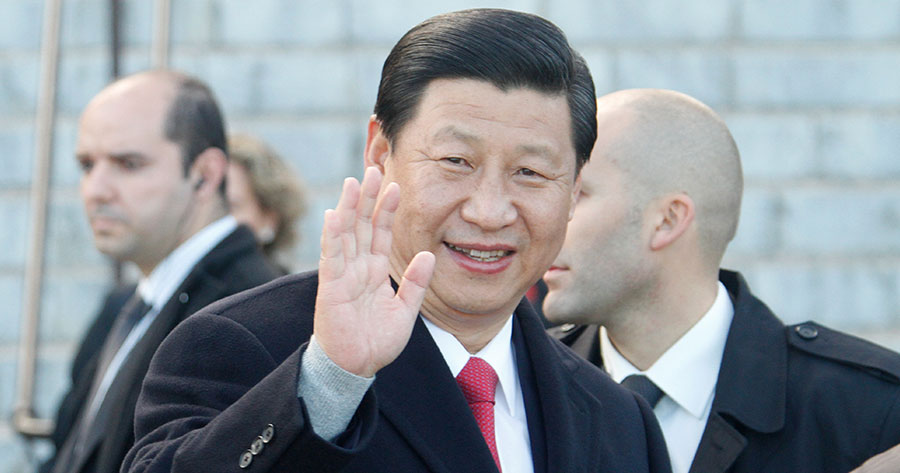A day after reaching an agreement with the United States to roll back tariffs, Chinese President Xi Jinping spoke at the Asia-Pacific Economic Cooperation (APEC) Economic Leaders’ summit, calling on Asia-Pacific economies to reinforce free trade principles and maintain the stability of global supply chains.
Xi traveled to South Korea on Thursday and met with U.S. President Donald Trump for the first time since 2019. During that meeting, the U.S and China agreed to a one-year of concessions, with the U.S. cutting tariffs on Chinese imports by 10 percentage points, while China pledged to increase exports of critical rare earth minerals.
Following the talks, Trump returned to Washington, while Xi stayed in Seoul to participate in the APEC summit. In his address, Xi highlighted ongoing global shifts and the mounting instability affecting the Asia-Pacific—a period he described as unprecedented in scale and asserted Beijing’s position as a source of opportunity for the global community.
Although he avoided direct reference to the United States or tariffs, Xi outlined five key areas for regional cooperation: supporting the multilateral trading system, advancing an open economic landscape, preserving robust supply chains, promoting growth in green and digital trade, and ensuring inclusive development.
Xi stressed that Asia-Pacific countries should work together to strengthen and integrate their supply chains, rather than fragment them. His call runs counter to American priorities on reshoring manufacturing, even as he presented China’s economic growth as complementing President Trump’s “Make America Great Again” agenda.
China has established itself as the world’s top manufacturing hub, now representing about 27% of global output, according to data from World Bank Group. Rising labor costs and heightened tariffs have prompted Chinese manufacturers to expand operations throughout the Asia-Pacific, accompanied by an increase in regional demand.
Meanwhile, President Trump has made the return of manufacturing jobs to the United States a central policy theme, leveraging tariffs and other trade measures. New U.S. duties this year specifically aim to reduce indirect Chinese exports routed through third countries. In the aftermath of initial trade friction with the U.S. seven years ago, the ASEAN bloc eclipsed the European Union to become China’s leading trading partner.





